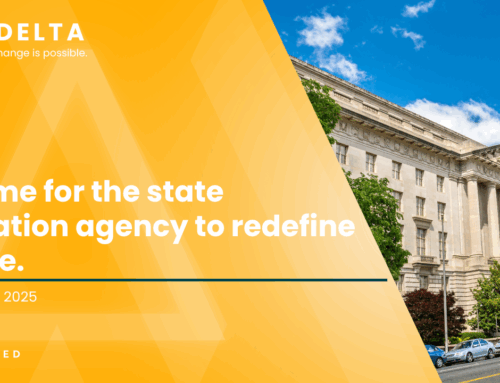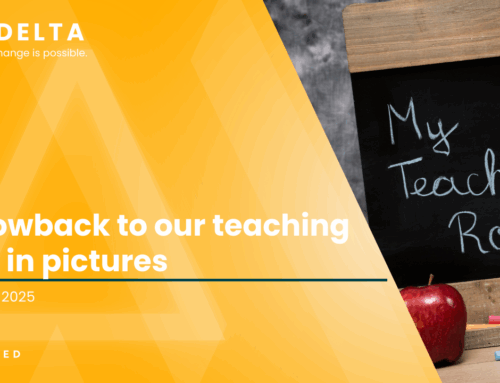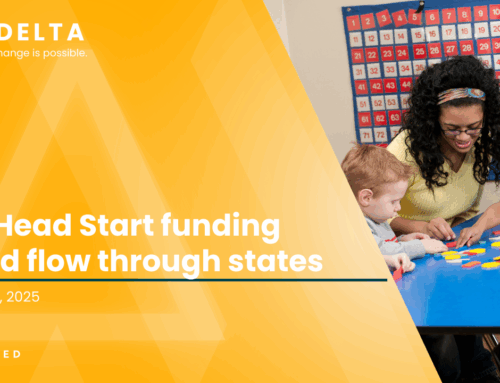The Delta Issue #26
The Right Way (and One Wrong Way) to Use Block Grants
Recently, 12 state education chiefs sent a letter to Education Secretary nominee Linda McMahon asking to block grant ESEA funding so school districts have the option to combine all of their Title formula funds for maximum flexibility. (ICYMI: Read coverage of the letter in the 74). We’ve been hearing growing rumblings about this idea since the letter came out, so let’s talk about what it would take to get it right.
Imagine your state is handed a large sum of federal money with no restrictions on how to spend it. It sounds like a game-changer, right? Especially with the latest NAEP scores showing just how much our schools are struggling. You’d think the solution is simple: invest in schools, focus on students, and make sure the money lands where it’s needed most. But here’s the catch: without a solid plan, that money could disappear into a bureaucratic maze, get tangled in red tape, and be spread too thin to make a real difference.
If this request moves forward, there are two ways it could play out:
OPTION #1: Business As Usual
Without a plan, states could just dump these funds into their existing education budgets, spreading the money thinly across districts without any real strategy. This means:
- Funds disappear into state funding formulas with no clear impact
- Per-pupil spending increases slightly, but key issues — like literacy gaps and workforce readiness — remain unaddressed
- It’s essentially a bigger check with no strategy. And history tells us that more money without a plan doesn’t always mean better outcomes. Just look at the NAEP scores since ESSER funding gave states more flexibility — have we seen major improvements? Nope.
OPTION #2: Put Your Money Where Your Priorities Are
If states want to actually improve student outcomes, they need to take a bold, targeted approach that ensures every dollar is put to work where it’s needed most. We know a lot about what works (see this post from @Chad Aldeman) — this isn’t rocket science, it’s about incentivizing districts to take action on the right priorities.
One way states can do this is to develop a Super App to focus money toward the highest priorities that will make the biggest difference in the classroom.
Louisiana was one of the first states to follow this approach, launching the Super App in 2017. Instead of submitting 30 different budgets across departments, districts created one unified plan aligned with state priorities. The results: less time wasted on grant applications, immediate adoption of high-quality instructional materials, and funding that actually matched student needs and state goals. Arkansas recently followed suit with the AR App.
This process ensures that states:
- Direct funding toward key priorities like literacy programs, workforce readiness, and technology access
- Ensure high-need districts receive more support instead of splitting funds equally across the board
- Allow states to experiment with innovative funding models, like competitive grants or matching funds for high-impact initiatives
Louisiana used ESSER funds to invest in what works, and their NAEP results prove it paid off. When states put money toward their priorities, they make the right answer the easy answer.
So, what should states do next?
The federal government may be ready to hand over the keys — but with that power comes responsibility. The real question is: how would you use these dollars differently if you had full control? Make sure you have a vision to incentivize and motivate district action, not just a plan for more dollars in support of more of the same.
Let’s Get Muddy
🔗 Resources & Further Reading:
- From Watershed: LOUISIANA’S PLAYBOOK TO GET TO ONE PLAN, ONE BUDGET FOR KIDS
What’s your take? If your state had full control over these dollars, what would you do differently? Let us know your thoughts below!





